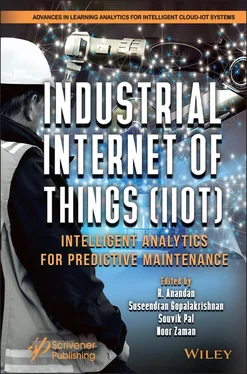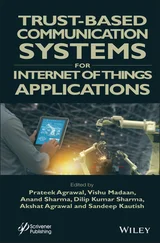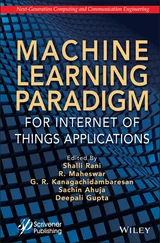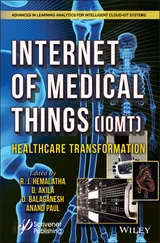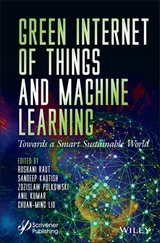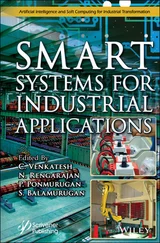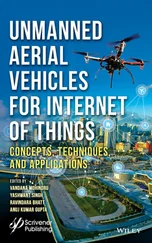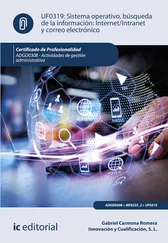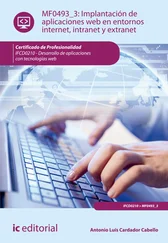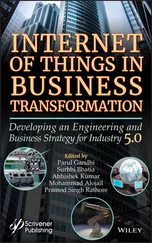Industrial Internet of Things (IIoT)
Здесь есть возможность читать онлайн «Industrial Internet of Things (IIoT)» — ознакомительный отрывок электронной книги совершенно бесплатно, а после прочтения отрывка купить полную версию. В некоторых случаях можно слушать аудио, скачать через торрент в формате fb2 и присутствует краткое содержание. Жанр: unrecognised, на английском языке. Описание произведения, (предисловие) а так же отзывы посетителей доступны на портале библиотеки ЛибКат.
- Название:Industrial Internet of Things (IIoT)
- Автор:
- Жанр:
- Год:неизвестен
- ISBN:нет данных
- Рейтинг книги:5 / 5. Голосов: 1
-
Избранное:Добавить в избранное
- Отзывы:
-
Ваша оценка:
- 100
- 1
- 2
- 3
- 4
- 5
Industrial Internet of Things (IIoT): краткое содержание, описание и аннотация
Предлагаем к чтению аннотацию, описание, краткое содержание или предисловие (зависит от того, что написал сам автор книги «Industrial Internet of Things (IIoT)»). Если вы не нашли необходимую информацию о книге — напишите в комментариях, мы постараемся отыскать её.
This book discusses how the industrial internet will be augmented through increased network agility, integrated artificial intelligence (AI) and the capacity to deploy, automate, orchestrate, and secure diverse user cases at hyperscale.
Audience
Industrial Internet of Things (IIoT) — читать онлайн ознакомительный отрывок
Ниже представлен текст книги, разбитый по страницам. Система сохранения места последней прочитанной страницы, позволяет с удобством читать онлайн бесплатно книгу «Industrial Internet of Things (IIoT)», без необходимости каждый раз заново искать на чём Вы остановились. Поставьте закладку, и сможете в любой момент перейти на страницу, на которой закончили чтение.
Интервал:
Закладка:
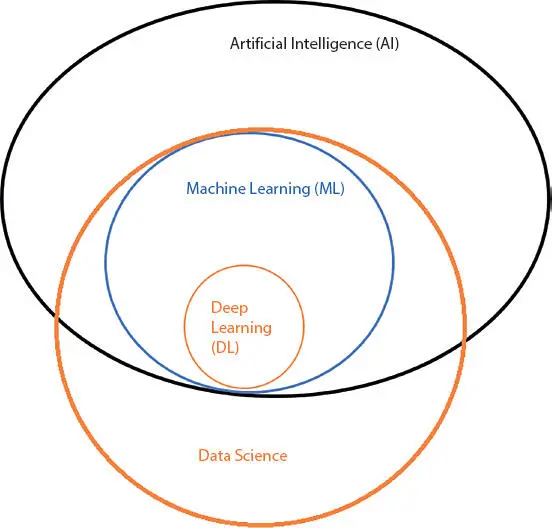
Figure 1.3 AI and data science illustration.
Three elements are leading the development of AI technologies across all sectors, which are the computational high-performance, affordable, and even processing capacity available, assessing the abundance of computing power in the cloud technologies allowing easy access to affordable and high-performance computing power. Large volumes of data available for conduct training, given that AI, require to be trained on a lot of data available to generate the correct predictions, also relating the emergence of distinct tools for labeling data, in addition to the ease and accessibility of storing and processing structured and unstructured data, to train AI algorithms [31].
The benefits of operationalizing AI are related to the cognitive interactions of machine learning techniques with conventional business applications, methods, and processes that can greatly increase productivity and user experience, or even considering AI as a strategic method and competitive advantage related to greater efficiency in processes, doing more in less time, and increasing customer loyalty, creating customized and attractive customer (user) experiences, and predicting commercial results to generate greater profitability [23, 24, 32].
AI applications in people’s daily lives are based on an app that recognizes the content of images and allows a search by typing the name of an object or action, or streaming platforms transcribing audio and generating subtitles for videos, or in an email offering automatic responses smart; or even with regard to online translators who translate texts from signs, labels, and menus with the cell phone camera; or even pondering about streaming platforms that use AI to understand users’ preferences and recommend music and movies, respectively, still relating autonomous cars that drive alone, or even in medicine, advancing cancer studies [26].
The application of AI is present in various segments of the economy; in industry, automation is a keynote for machines that keep getting smarter. With AI, the equipment manufactures and checks the products without having to be operated by a human, that is, it performs repetitive work and has no limitations for their use. Through the GPS (Global Positioning System), the routes suggested by online applications, generally, point out the best path, considering that the AI interprets data provided automatically by other users about the traffic on the roads. Online retailers, using online store algorithms, recognize user purchasing patterns to present offers according to their preferences. Financial institutions use AI algorithms to analyze market data, manage finances, and relate to their customers [33].
Thus, the first industrial revolutions created equipment that replaced manual labor, carrying out the work of many men with greater efficiency and less cost. Currently, in several cases, through the AI employee in tasks, they have been previously seen as “intellectuals”. In any case, the important thing is that AI theater is a reality. In this regard, the understanding of its mechanisms and the understanding of the possibilities that this provides must be expanded. The concept of AI refers to the creation of machines, not necessarily with physical bodies (software that can abstract, create, deduce, and learn ideas), with the ability to think and act like human beings and aim to facilitate everyday tasks [7, 34].
1.2.2 IoT Concept
IoT in the early days corresponded to the connection via the internet in physical objects, such as a toaster, especially sensors. Over the years, the concept of connecting the physical material world with the virtual world has evolved into a technological revolution in order to connect all the objects that people use on a daily basis to the internet ( Figure 1.4), describing a scenario in which several things are connected and communicate, through technologies like Wi-Fi. The result is a smarter and more responsive planet [35, 36].
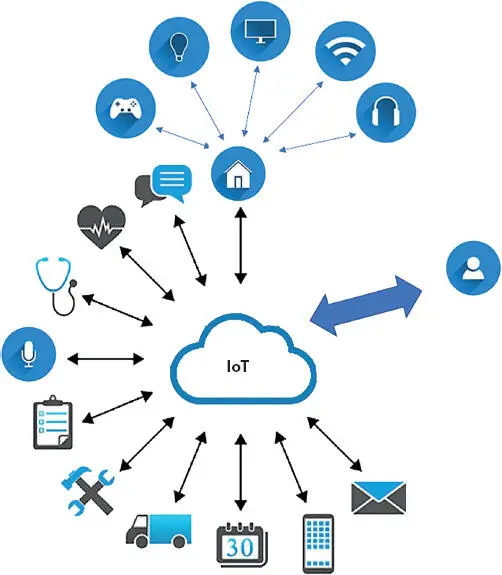
Figure 1.4 Internet of Things.
Thus, IoT currently matches a series of hardware that works connected to the internet, from a smart TV to a running watch that measures heart rate and sends this data to an application. However, it is possible to interpret what part of these devices uses, even on a small scale, AI. This technological innovation connects everyday items (smart devices), or smart sensors, to the internet, making the physical world increasingly closer to the digital. Thus, the technology describes the physical objects (things) connected and communicating (transmitting) with each other and with the user, transmitting data (information) to a network, as if it were a broad digital nervous system, i.e., a structure that allows the exchange of information (data) between two or more points [17, 18, 37].
Still pondering that every day, more appliances, watches, means of transport, and accessories are connected to the Internet and other devices, such as smartphones, tablets, and mobile devices that transmit signals and appear to each other. Still pondering that through a connected network, these devices can be connected via the internet with cars, refrigerators, microwaves, trains, airplanes, among other thousands of artifacts ( Figure 1.5) [18].
The field of IoT practices has been diversified over time, and currently, the field of applicability and use of IoT is very broad, reflecting on numerous technological resources that have been used to provide connection of devices. Like Bluetooth technology, communication by proximity field (short-range wireless technology, which allows the exchange of information between devices with enabled and compatible NFC) is also a feature used in IoT. Making the devices “talk digitally” to each other, generating more productivity, comfort, information, knowledge, and practicality in general, and their uses and application can include health monitoring or leading real-time information about city traffic, or yet the number of parking lots available in parking, even indicating activities, reminders, or even content on their connected intelligent devices [38].
Nowadays, everyday “things” become intelligent and have their functions and role expanded by crossing data (information), seeing a virtual assistant crossing data from connected intelligent devices to inform, even if not requested, the time (travel duration) it will take to get to work when leaving the house, also relating the interconnectivity of smart IoT devices around the environment and making a digital assistant learn a user’s routine, their times, their location via GPS connection, the connection (link) to the car’s Bluetooth at a singular time ( Figure 1.6), and the circumstance that this context has been repeated many times [18].
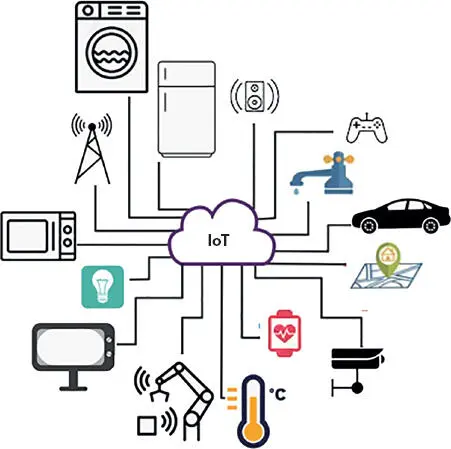
Figure 1.5 IoT illustration.
The IoT exchanges information is essentially derived from three elements that require to be associated with an application to work which are the intelligent devices, the network (structure), and a digital control system. The intelligent devices are all those imaginable equipped with sensors and antennas, among others, providing communication with the other elements such as lamps, bedside lamps, refrigerators, microwaves, cars, coffee makers, and watches, television, among others ( Figure 1.7). The network is the means of communication such as Wi-Fi, Bluetooth, mobile data, and fiber optics, among others. The control system causes all data (information) captured from the devices (things) to be processed and then sent (transmitted) to a digital system that controls each aspect analyzed and evaluated [36, 39].
Читать дальшеИнтервал:
Закладка:
Похожие книги на «Industrial Internet of Things (IIoT)»
Представляем Вашему вниманию похожие книги на «Industrial Internet of Things (IIoT)» списком для выбора. Мы отобрали схожую по названию и смыслу литературу в надежде предоставить читателям больше вариантов отыскать новые, интересные, ещё непрочитанные произведения.
Обсуждение, отзывы о книге «Industrial Internet of Things (IIoT)» и просто собственные мнения читателей. Оставьте ваши комментарии, напишите, что Вы думаете о произведении, его смысле или главных героях. Укажите что конкретно понравилось, а что нет, и почему Вы так считаете.
